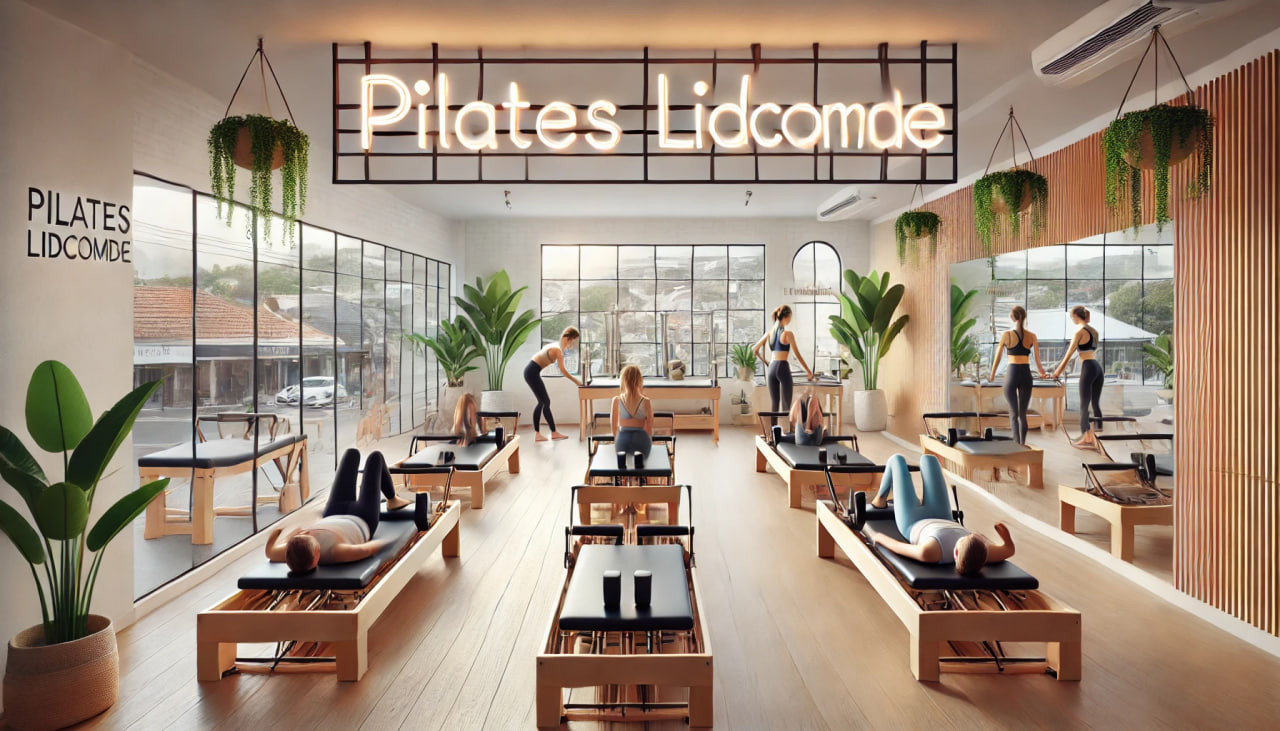In the ever-evolving landscape of online gaming, PC Hold’em has carved a solid niche for enthusiasts who prefer in-depth control, immersive graphics, and comprehensive analytical tools. While mobile gaming continues to grow, the desktop Hold’em environment remains unmatched for those who value strategic gameplay, precise data tracking, and seamless integration of advanced poker utilities. For players in Korea, online Hold’em has reached new heights with trusted platforms that balance entertainment and competition. Through holdem-lounge.com, users can explore the most reputable 홀덤사이트 designed for both casual and professional players seeking secure, fair, and rewarding experiences.
The Allure of PC Hold’em Environments
Playing 온라인홀덤 on a computer offers advantages that mobile platforms can’t fully replicate. The larger interface enhances visibility, allowing players to track hand histories, observe opponents’ behaviors, and make more calculated moves. Unlike limited mobile displays, PC versions support multi-tabling — enabling users to play multiple online Hold’em tables simultaneously. This boosts both engagement and profitability, as experienced players can diversify strategies in real-time.
Most PC 홀덤 environments integrate advanced statistical dashboards. These features analyze win rates, betting patterns, and fold frequencies, providing critical insights that improve decision-making. Furthermore, dedicated poker HUDs (Heads-Up Displays) transform how data is viewed during live play. These HUDs overlay real-time statistics on opponents, helping players recognize tendencies and adjust strategies effectively. For anyone serious about 온라인 홀덤 순위 and long-term success, such tools are invaluable.
Integration of Analytical Tools and Performance Metrics
Modern PC Hold’em clients are built for more than just casual play. They serve as analytical ecosystems where every move is recorded, every win is quantified, and every loss is a learning opportunity. Advanced tracking software connects seamlessly with the client interface, producing detailed graphs and summaries. These visual metrics help players understand where their performance peaks and dips occur, shaping more refined tactics for online poker.
Additionally, 홀덤 블라인드 프로그램 add an extra layer of convenience, automating adjustments for blinds in long sessions or tournaments. This ensures smooth gameplay and consistent flow without manual recalibration. Professional players especially benefit from these setups, where attention can stay fully on game dynamics rather than technical configurations. The combination of data-driven insight and user-focused design creates an optimal gaming experience that rivals in-person casino environments.
Security, Fair Play, and Verified Platforms
As online gaming expands, so do the risks associated with unverified or 사설 홀덤사이트. For this reason, platforms recommended through holdem-lounge.com emphasize safety, transparency, and regulation. Players are encouraged to choose only verified Hold’em sites that use encrypted payment systems and maintain verifiable fairness certifications. These trusted online hold’em rooms ensure that each shuffle is random and every tournament follows standardized rules.
Such verified platforms also feature dedicated customer service and community support, fostering trust between operators and users. They often include responsible gaming tools, such as time limits and spending controls, enabling a balanced approach to entertainment. Whether engaging in a 캐쉬 홀덤 match or joining a major online tournament, players can participate with confidence that their data and funds remain secure.
Expanding Opportunities Through Online Hold’em Rankings
The evolution of 온라인홀덤순위 listings has simplified how players discover new opportunities. Rankings are based on performance history, payout reliability, and user experience, ensuring that players are matched with reputable environments. The top-ranking PC hold’em sites in Korea feature fair cash-out processes, real-time matchmaking, and innovative loyalty systems.
From recreational games to competitive online 홀덤 캐쉬 게임 tournaments, ranking platforms have made it easier to identify which services deliver quality and which should be avoided. These lists often highlight emerging operators as well, giving players access to new promotions and bonuses. When cross-referenced with reviews from holdem-lounge.com, users can confidently select an online poker experience that matches their skills and expectations.
The Future of PC Hold’em and Hybrid Play
While the convenience of 모바일 홀덤 and 모바일 홀덤 캐쉬 게임 options continues to expand, PC environments remain the foundation of the Hold’em community. Many players use both—switching to mobile apps for on-the-go sessions and returning to desktop setups for serious tournaments. With hybrid cross-platform functionality, gameplay can now transition seamlessly between devices. This unified experience ensures that stats, chips, and progress are synced across all platforms.
Looking ahead, advancements in AI-based analytics and virtual tournament hosting will further enhance the online Hold’em experience. The combination of user-friendly interfaces, powerful data tools, and immersive environments positions PC Hold’em as the preferred choice for players who prioritize performance, comfort, and control.






